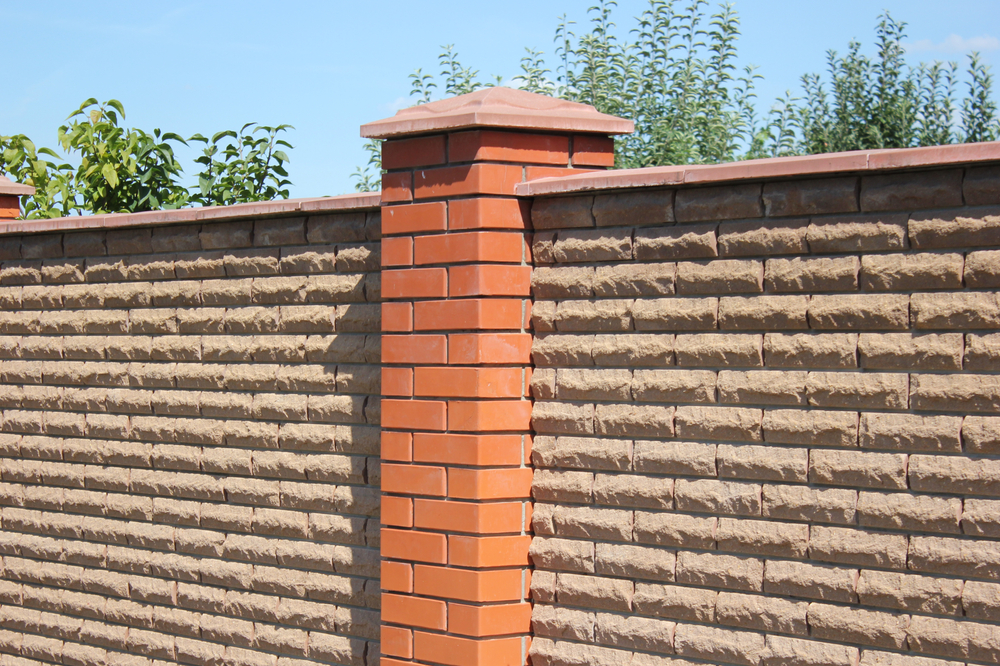Reducing or absorbing traffic noise can be a priority for homeowners or property managers, especially if the property is located near a busy road or highway. Here are several methods and materials that can help absorb or reduce traffic noise:
- Fencing: Solid, tall, and dense fencing can act as a barrier to block and absorb traffic noise. Materials like wood, vinyl, or composite materials can be effective. A solid fence with minimal gaps between panels is ideal for noise reduction. Planting tall shrubs or trees in front of the fence can further dampen sound.
- Acoustic Barriers: Acoustic barriers, or noise barriers, are specially designed structures made from materials that absorb and deflect sound. They are often used along highways and busy roads to reduce noise pollution. These barriers can be made from various materials, including concrete, metal, or plastic, and they are typically very effective at absorbing traffic noise.
- Living Barriers: Planting trees, shrubs, and dense vegetation can create a natural sound barrier. Evergreen trees and shrubs with thick foliage are particularly effective. The leaves and branches of plants can help absorb and reflect sound waves, reducing noise levels.
- Acoustic Panels: Installing acoustic panels on existing walls or fences can help absorb sound. These panels are designed to absorb and reduce noise reflection, making them a useful addition to outdoor spaces near traffic.
- Earthen Berms: Building an earthen berm or mound can help block and absorb traffic noise. The sloping terrain of a berm can deflect sound waves, and planting it with grass or other ground cover can further enhance its noise-absorbing capabilities.
- Outdoor Curtains: Outdoor curtains made from noise-absorbing materials can be hung on structures like pergolas, fences, or walls to reduce traffic noise.
- Double-Glazed Windows: If noise is a significant issue indoors, upgrading windows to double-glazed or laminated glass can help reduce traffic noise infiltration.
- Sealing Gaps: Ensure that any gaps or cracks in walls, windows, or doors are properly sealed to prevent noise from entering your property.
- Noise-Reducing Landscaping: In addition to planting vegetation, consider using noise-reducing landscaping techniques, such as installing water features like fountains or ponds, which can create pleasant white noise that masks traffic sounds.
- Soundproofing Insulation: If you’re renovating or building, consider using soundproofing insulation materials in walls and ceilings to reduce indoor noise levels.
Keep in mind that no single method may eliminate traffic noise, especially in densely populated urban areas. A combination of these techniques may be necessary to achieve the desired level of noise reduction. Additionally, the effectiveness of these methods may vary depending on the specific conditions of your property and the severity of the traffic noise. Consulting with a professional acoustic engineer or landscaper can help you determine the best approach for your situation.



